
By Mark McConville
STRIKING colourised pictures from the Spanish Civil War show how political activists of the past fought for their beliefs on the battlefield rather than being “keyboard warriors” of today relying on social media to make their views known.
The incredible images show Ernest Hemingway with Soviet and German intellectuals Ilya Ehrenburg and Gustav Regler, possibly working on the propaganda film The Spanish Earth; José Hugues, a 73-year-old Republican volunteer fighting on the Aragonese front and Rebel soldiers aiming in trenches near Navacerrada during the first winter of the war.
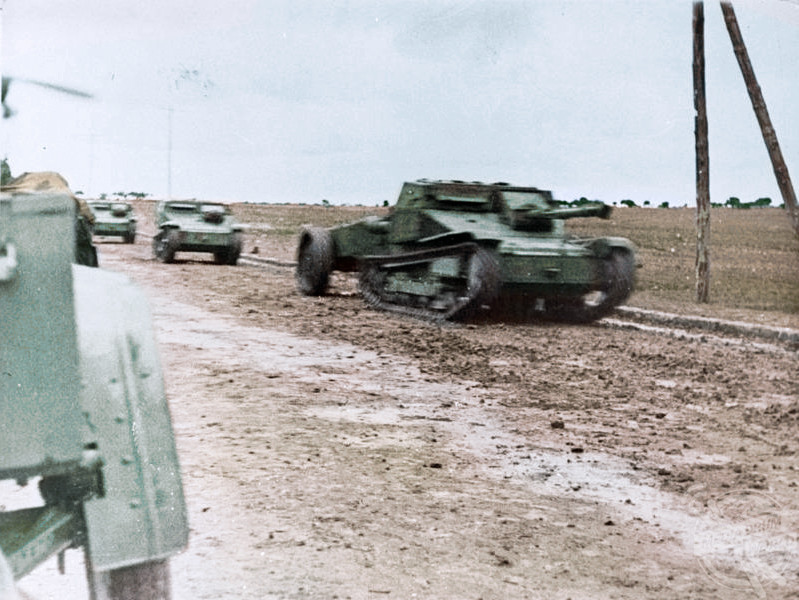
Other stunning shots show Francoist planes flying over the city centre of Burgos, Francoist soldiers looking at the ruins of the Church of Villarreal de Álava and Francoist artillery battery, most likely Condor Legion soldiers, firing against Republican resistance.
The original black and white photographs were painstakingly colourised by Joel Bellviure (17), who lives between Palma in Mallorca and Barcelona, Spain.
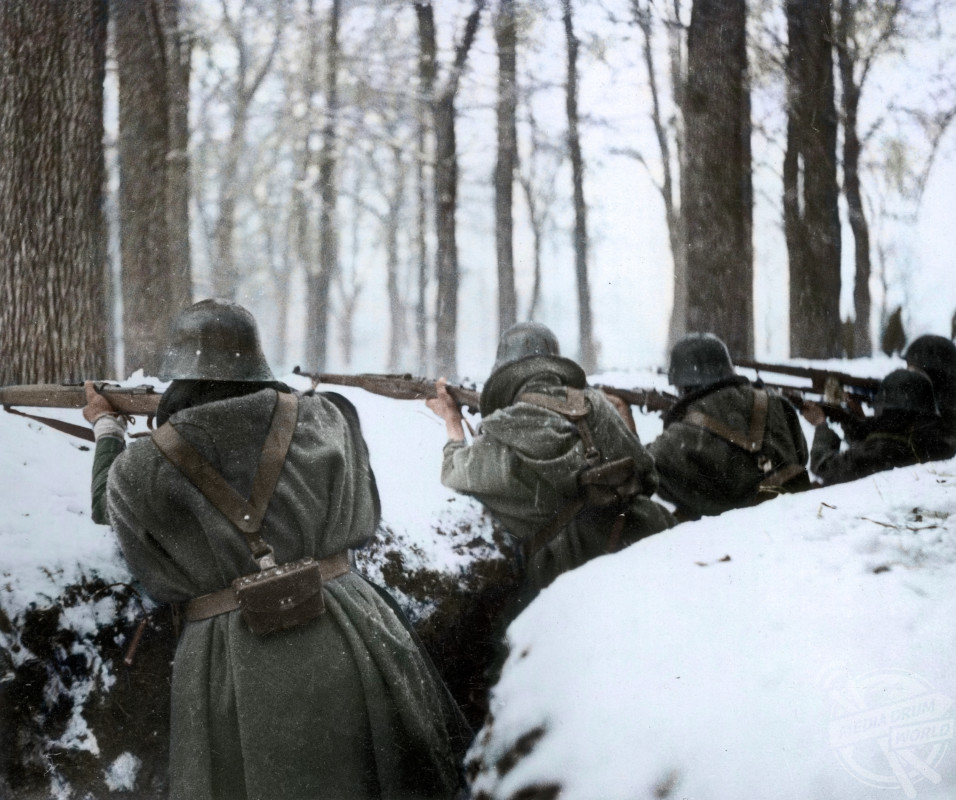
“Usually, I colourise pictures which might have an impact on the observer,” he said.
“A colourised war casualty can raise awareness that, although being nearly 100 years old, the essence of war will never evolve, that death doesn’t need to be romanticised because it is on black and white.
“I also like to bring back colour to pictures we might now call ‘weird’, ‘strange’, or even ‘funny’.
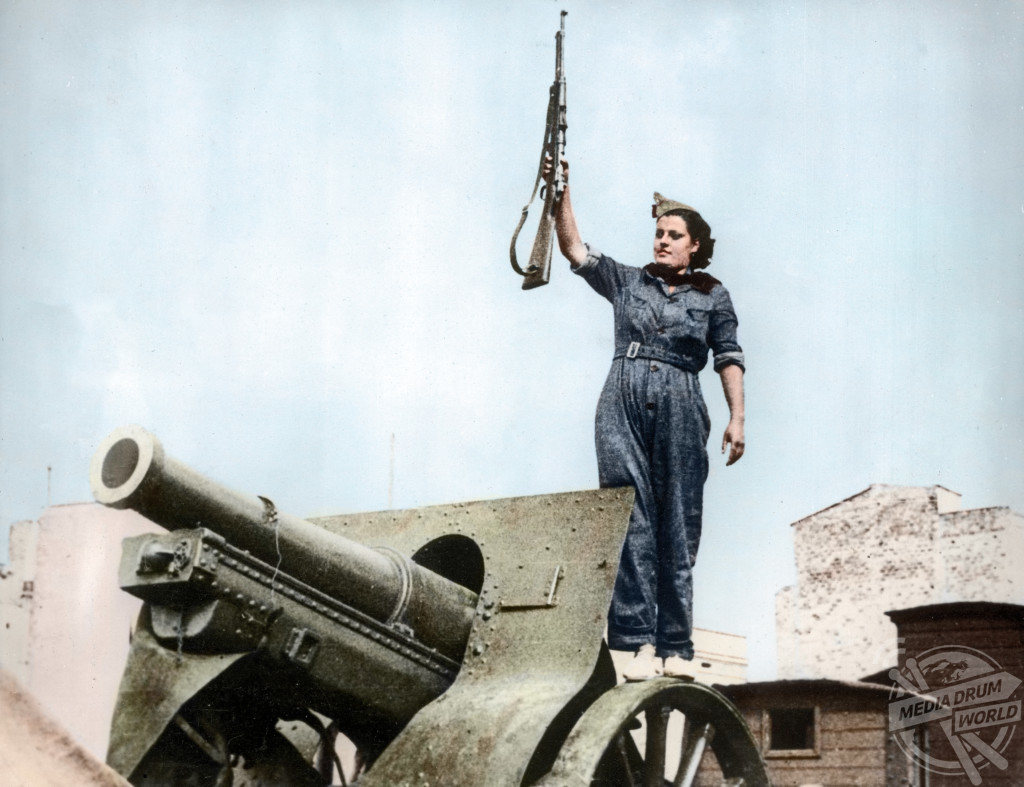
“We must understand the people who took these photos didn’t see these pictures as something extremely particular, but as something that fit on their times. And colourising gives them a little bit of that sense they have now lost.
“My intention was, however, to find that little minority of photos that doesn’t transmit any universal values that, as ironical as it may sound, don’t express humanity at its best or at its worst, but that express humanity as it is.
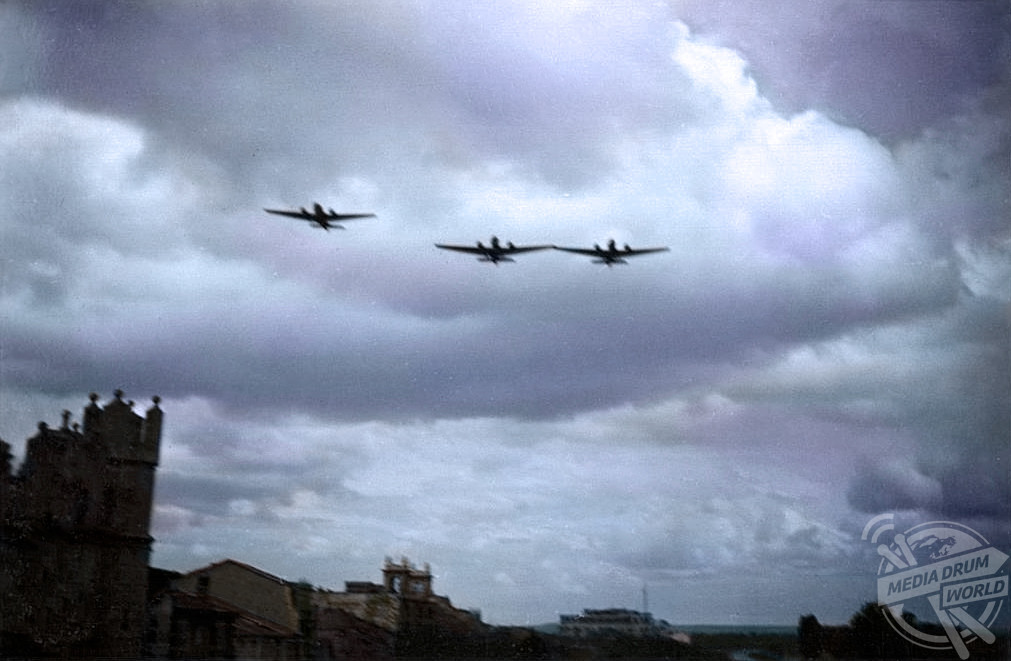
“The essence of an average Human has never been the conquest of a strange land, or the signature of a great treaty. Maybe little details which may provoke a little laugh, maybe a soldier joking with his comrades before coming back to the battlefield. These are the true signs of human nature.”
The Spanish Civil War took place from 1936 to 1939. The Republicans, who were loyal to the democratic, left-leaning and relatively urban Second Spanish Republic, in an alliance of convenience with the Anarchists, fought against the Nationalists, a Falangist, Carlist, Catholic, and largely aristocratic conservative group led by General Francisco Franco.
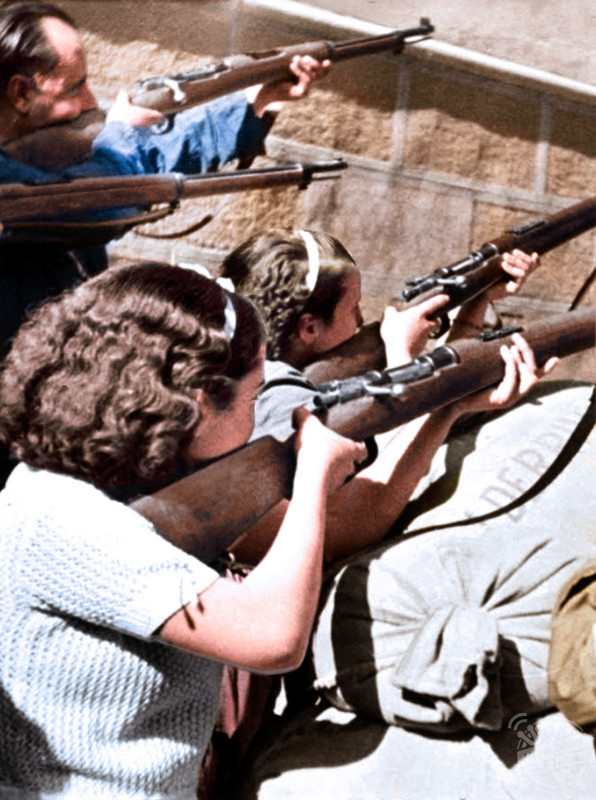
The war has often been portrayed as a struggle between democracy and fascism, particularly due to the political climate and timing surrounding it, but it can more accurately be described as a struggle between leftist revolution and rightist counter-revolution similar to the Finnish Civil War and the wars fought over the formation of the Hungarian and Slovak Soviet republics.
Ultimately, the Nationalists won, and Franco, who already ruled over Nationalist Spain, ruled over all of Spain for the next 36 years, from April 1939 until his death in November 1975.
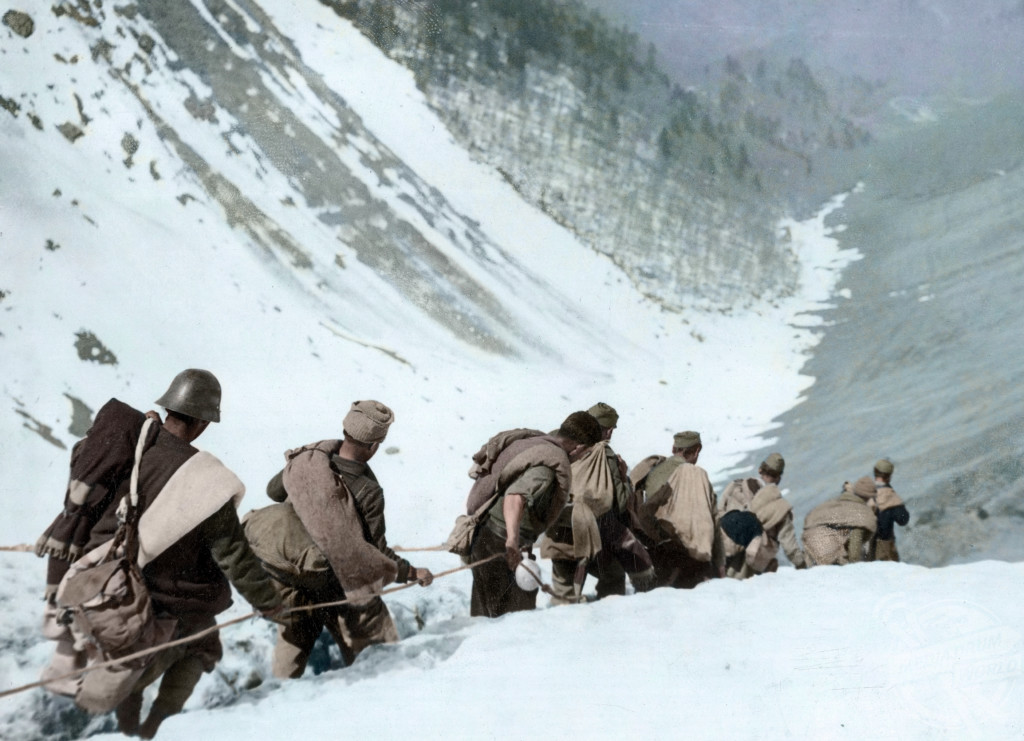
In 1937, Hemingway agreed to report on the Spanish Civil War for the North American Newspaper Alliance (NANA), arriving in Spain in March with Dutch filmmaker Joris Ivens.
Ivens was filming The Spanish Earth, a propaganda film in support of the Republican side. He wanted Hemingway to replace John Dos Passos as screenwriter, since Dos Passos had left the project when his friend José Robles was arrested and later executed.
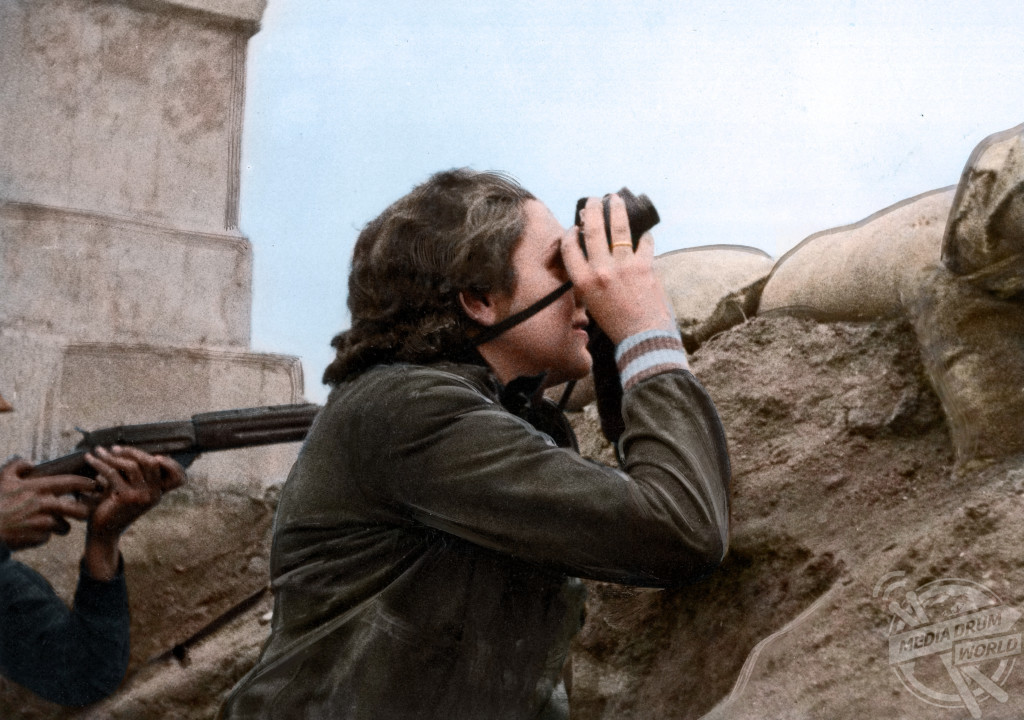
The incident changed Dos Passos’ initially positive opinion of the leftist republicans, creating a rift between him and Hemingway, who later spread a rumour that Dos Passos left Spain out of cowardice.
Striking images like these are featured in British author Michael D. Carroll’s new book, Retrographic on the colourisation of historical images. It is available on Amazon now for £16.85.
For more information visit https://www.amazon.co.uk/Retrographic-Historys-Exciting-Images-Transformed/dp/1908211504






